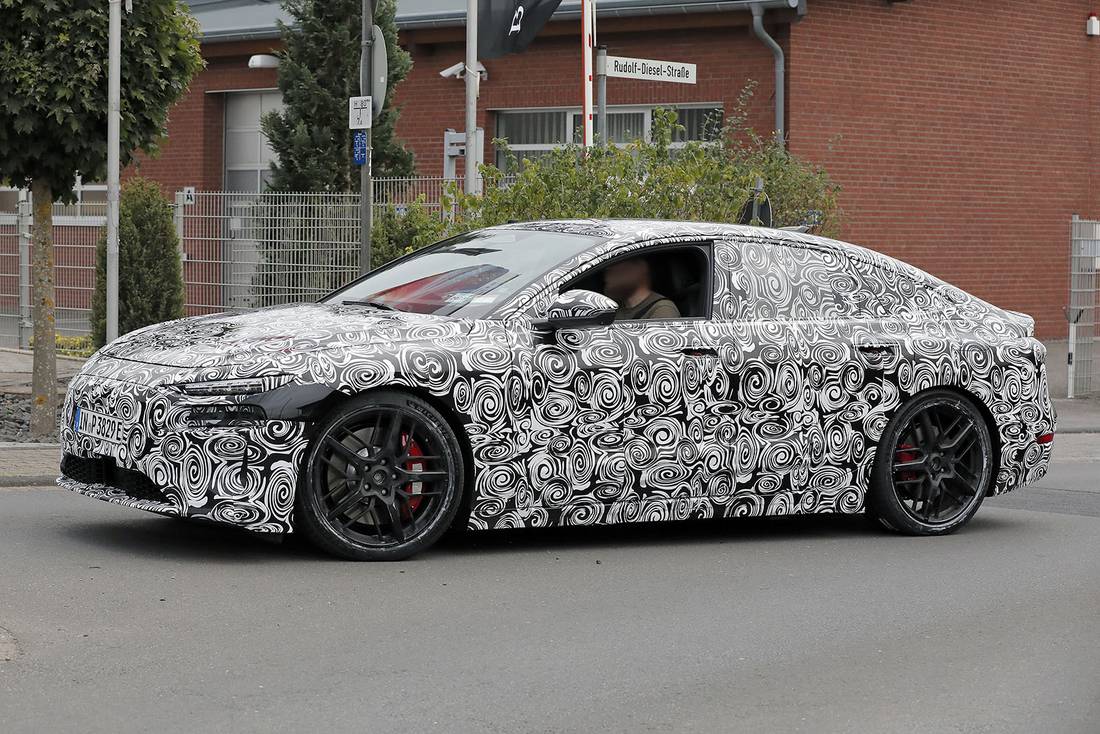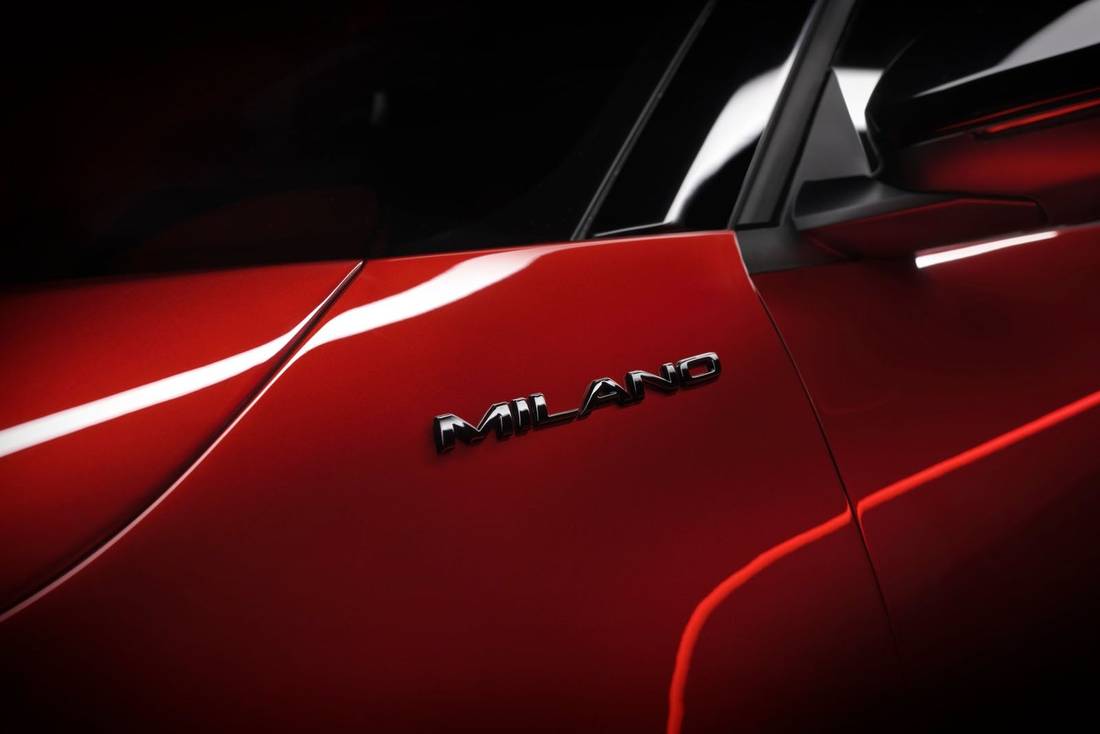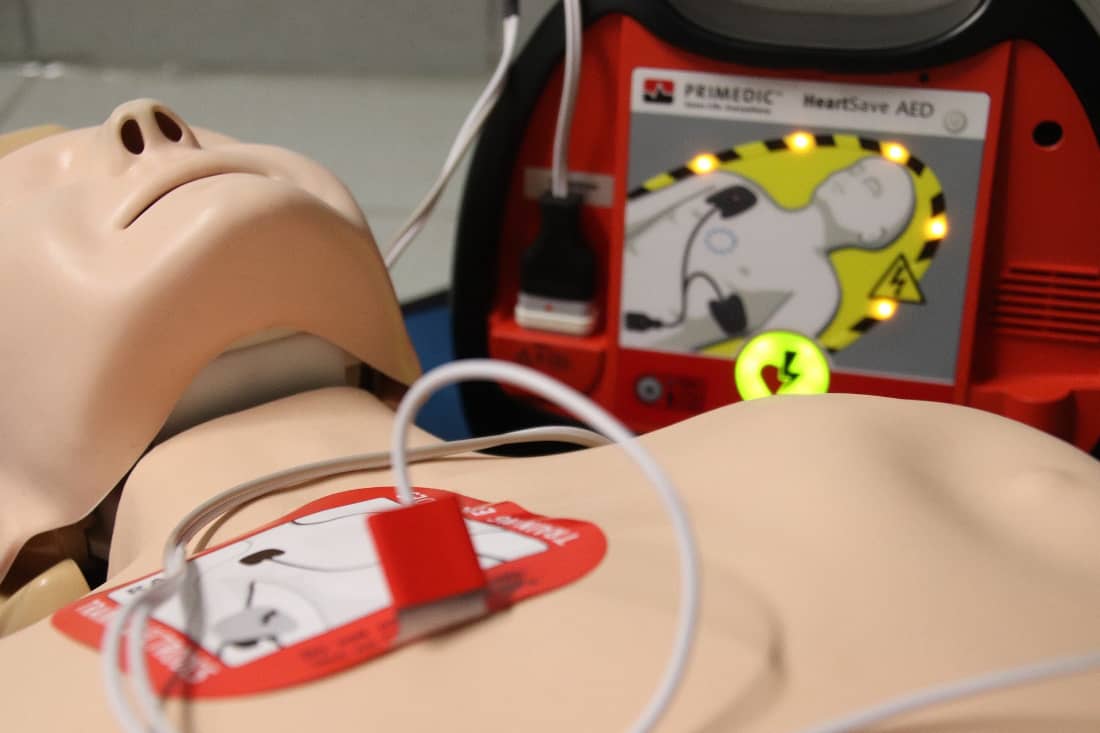
Devastation in Germany in 1945
It is 1945, the Second World War has ended, nothing is left of Hitler’s Third Reich. A photo shows a destroyed building, somewhere in Germany, with painted in large letters “It took Hitler 12 years to do this”. It is a reference to the slogan with which Hitler promised the German people a glorious future in 1933: “Give me 4 years”.
The photo symbolizes the destruction and devastation that Hitler and his Nazi regime left behind, say NIOD researchers Erik Somers and René Kok. In recent years they have studied the role that photography has played in the sophisticated creation of the ‘Führer myth’ around the person of Hitler. Their book comes out today Adolf Hitler, the visual biography†
Propaganda
“Hitler was the first in history to emphatically use image as a means of amassing power and then use it more extensively to maintain power,” says Somers. The rise of Hitler and National Socialism in the 1920s therefore coincided exactly with the stormy rise of photography.
Somers and Kok studied tens of thousands of original photos of Hitler in archives. With each photo, they re-examined the historical context and the intention with which the image was made. “The research has given us much more insight into how image propaganda worked then.”
Heinrich Hoffmann, photographer and member of the NSDAP, convinced Hitler as early as 1923 that photography was an important means of increasing his fame and image as a strong man. “Hoffmann will also work with him in a studio, where Hitler practices gesturing as if he were giving a speech to a large audience,” says Kok. Hoffmann sold the photos as postcards.
Hoffmann belonged to the small group of confidants around Hitler and became his personal photographer. Hitler blindly trusted that Hoffmann would not publish photos that would detract from his image. “In that initial period, that image changes quite a bit. Hitler wants to be distinguished and impress, but you see that there is a form of overacting in it,” says Somers.
When Hitler came to power in 1933, he had a whole propaganda apparatus around him and that image was propagated in detail. “That varies from Hitler as ‘savior of the nation’ to worthy head of state, to a Fuhrer who leads the way in battle, but also into a confidence-inspiring man of flesh and blood,” says Somers.
Human
Take, for example, the photo that Hoffmann takes of Hitler on June 29, 1934. During a visit to the Reich Labor Service greeted by a girl in a white dress. Hitler kindly bends over to her. The ideal time for Hoffmann to Volkskanzler to show his human side.
The innocent-looking photo contrasts sharply with the events later that same day. “After this meeting, Hitler immediately traveled to Munich, where on his orders about 200 members of the Sturmabteilung (SA) were killed during the ‘Night of the Long Knives’,” says Kok. Hitler made sure that he was included in the picture. was never directly associated with the terror, oppression and mass murder that took place under his responsibility.
When Nazi Germany invaded Poland in 1939, Hitler traded his carefully crafted image of “man of peace” for that of †genius general’† He was applauded when he met the Blitzkrieg forced France to its knees within weeks. But when he failed to achieve the desired result with the invasion of the Soviet Union in 1941, Hitler hardly appeared in public anymore.
Major decisions
” From that moment on, Hitler can no longer be used propagandistically. If there are no successes to report, he does not want to show himself,” says Kok. “Ultimately, the war is determined on the battlefield and not by propaganda,” adds Somers. “You can imagine many things more beautiful than they are, but when the armies lose, it ends.”
While the people believed that Hitler was at the front all along, he spent part of the time at his home on Obersalzberg in southern Bavaria. “It is in that idyllic spot that Hitler takes his most drastic decisions,” says Kok.

Adolf Hitler and SS leader Heinrich Himmler on the Obersalzberg, April 1944
“The color photo that photographer Walter Frentz made on the Obersalzberg of a walk by Hitler and SS leader Heinrich Himmler on April 3, 1944 is very telling. They were probably talking about the mass murder of the Hungarian Jews, which took place a few weeks later. Himmler was charged with its implementation.”
The photo of Frentz was not published until after the war, as were the last photos of Hitler, which date from April 23, 1945. He briefly left his bunker in Berlin to examine the damage. The dictator had already come to realize that the Battle of Berlin was lost. When he committed suicide a few days later, that also marked the end of the Fuhrer-myth.






























